:: Chilli mused as we wrote B/b on the chalkboard that on it’s side a capital B looked like the wheels of a bicycle! (Apologies for the out of focus, terrible quality photo here) ::
Living on a little island known the world over as ‘The Apple Isle’ and being right close by the heart of the valley producing these world renowned apples, I thought it only fitting that our Alphabet Journey begin in a way that wove in the story of our local area. We are learning our letters in alphabetical order, leaving the vowels to come back to at the end. We are working on the sounds of the vowels amongst our morning circle work, however we will come back to these special ‘Angel Letters’ to learn them together at the end of our alphabet studies. We are also learning the capital and lower case letters or ‘Mumma’ and ‘Baby’ letters alongside each other. I saw this recommended in the Waldorf Essentials curriculum and with Chilli being an older Grade 1 child, I thought she would most likely handle it well so I decided to give it a try. She definitely seems to be taking in both forms well and learning each letter thoroughly; Mumma and Baby letter as separate forms as well as the sounds of each letter and being able to think of examples of words that begin with each letter we study. At the beginning of the year when we started our first block, knowing we would learn both cases of the letters alongside each other, I presented the short, basic sentences we were writing in this way – rather than just all uppercase writing as is often the way in Grade 1 Waldorf. I think this gentle start with looking at both upper and lower case forms in this way, as well as starting to feel a sense for the spacial relationship between the two forms, has been beneficial to Chilli before coming to the letters themselves as lessons.
Our first letter in our journey, was B/b. I am using the fairytales to bring each letter to Chilli, but for the letter B/b, I decided to write a short, sweet, gentle introductory story for our Alphabet Journey. We are using a ‘container’ story to carry us through the year and the family we are ‘travelling along with’ was about to start off on their journey to find the letters, when Mumma suddenly realised she’d left her hat in the gardens of the last place they’d stayed. As they were walking out of a forest and their path would go quite near by this cottage they had stayed at with a lovely lady named Sarah, they could easily stop back in and collect Mumma’s hat. Well…. when they arrived there was quite a kerfuffle happening. They could hear Sarah crying in the orchard “Oh my beautiful Bramleys, they are all bumped and bruised.” You see a big blustery breeze had come barrelling through the orchard and had bumped all the Bramleys onto the ground bruising them. Sarah was most upset but she spoke about her favourite things to make with her Bramleys – which are a cooking apple. This story then tied in with many of the meals we enjoy our homemade apple sauce on through the year, particularly roast pork which comes from a friend’s farm that we visit weekly. Chilli had made her very own ‘Bramley Jam’ last year – buying from our local co-op, peeling, coring, cutting and cooking down the apples. Mrs Bramley is also one of her favourite characters in the story ‘Christopher’s Harvest’. I liked the opportunity in this short and sweet story to weave in many aspects familiar to Chilli. One of the aspects of Waldorf Education I am continuously mindful of and try to remember in my lesson planning is the importance of ‘linking back’. Finding links in the lesson you are presenting, to lessons you have previously had – creating a ‘net’ of concepts for the child – showing a relation of many concepts and similarities between the lessons, times, countries, places etc that we are studying. With apples being such an iconic part of our local area, and Bramleys being such a beloved apple in our home from Chilli’s early childhood, I thought this was a beautiful opportunity to create that woven ‘net’ in the beginning of our alphabet journey.
:: The Apple Museum has this amazing wall with alphabetically named places for all the apple varieties. It is out of season at the moment so just some regular display apples filled the spaces, but the Smith family has quite an extensive Heritage Orchard at Grove from what I’ve heard and I assume in season these shelves are filled with the varieties indicated in each space. Matthew Evans’ book ‘Real Food’ has a picture of what I think may be this display with apples in their correct spaces during the season ::
In the heart of the Huon is a wonderful little space that is dearly loved by the locals. The Smith family has been farming their land for generations and the most recent chapter in their story saw the conversion of the orchards to be organic. The Smith family orchards joined the organic movement in Australia quite a while back and the products they produce are amazing. The Smith orchards are the national supplier of organic apples to one of our biggest supermarket chains – Woolworths. That is definitely no small feat and they still have beautiful apples to sell to us locally on their roadside stall. A few years back, The Smith family orchards which were known at the time as ‘Raw Organics’ rebranded under the name of Willie Smith’s – honouring one of the early generation men amongst the farming family. They not only produce fresh apples, pears and cherries, they also produce cider and have renovated an old apple museum to become the ‘Apple Shed’. This place is a thriving hive of activity with local cultural, community and foodie events through the year. In all the times (and I can assure you it is many!) that we have visited the Apple Shed, we’ve not really taken the time to wander through the museum. Therefore, I thought a field trip to this memorial place of a family and community who has been so important to our local area through the years gone by would be a lovely little adventure.
Our time in the Apple Museum definitely didn’t disappoint. Woven in through the story of the Smith family from their arrival in Australia in convict times to the present day, was the story of numerous men and women who worked in, developed and made famous the apple industry that our little Apple Isle became so well known for. The story told through picture, words and exhibits of machinery, tools and other apple picking paraphernalia is wonderfully interesting and Chilli was at a lovely age to really absorb the story and be interested in the information. Marlin enjoyed himself immensely as well – standing on the scales, sitting on the rungs of old wooden ladders, turning the crank handles of a juice press, looking into the old apple picking bags and rummaging in any old wooden crate he managed to find his way to. There was something for all of us there.
:: My little organic girl was disgusted at the spraying equipment used back in the day and wasn’t too interested
in looking at it! ::
Of course, at the completion of the museum we most definitely needed to sit for a minute, and would you believe it – this delicious looking slice of apple pie made it’s way to our table! Mmmmm – Mmmmmmm…. It was REALLY that good!
Back home in our school room, we had been doing all the usual form drawing and pre-cursor activities; walking the form laid out in twisty ropes, drawing the form in the sandpit with our toes, exploring the sound of B/b with creative verses and movement gestures, hearing and recalling our story, creating a free drawing, writing a sentence emphasising the letter we were learning, drawing a picture that held the letter abstract and then finally discovering the letter in this drawing. We drew the form on each others backs, in sand trays with thin driftwood ‘pencils’, in the air, on the chalkboard and then in our Main Lesson Book. Once we’d learnt the letter B/b we modelled both the forms (upper and lower case) out of coloured beeswax to stick on our ‘Alphabet Window’ where slowly through the year we will create the entire alphabet out of beeswax letters.
:: Our capital B was in the mouth of the cloud (which ended up much lower on the drawing than I’d anticipated! And the lowercase b was down the right hand side of the tree trunk and around the apple laying at it’s base ::
Are you currently learning the alphabet with your children? What are your favourite creative activities to help them experience the letters?
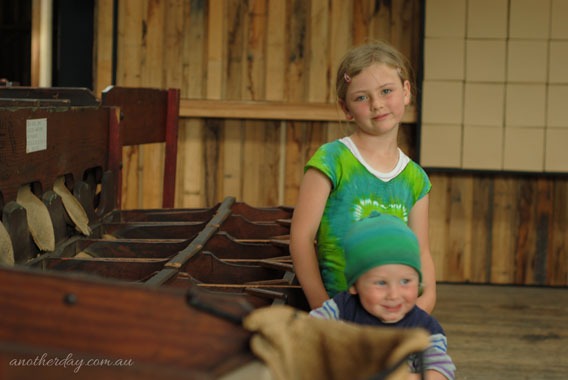
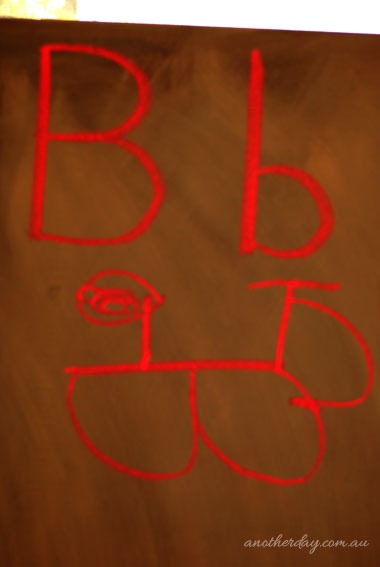



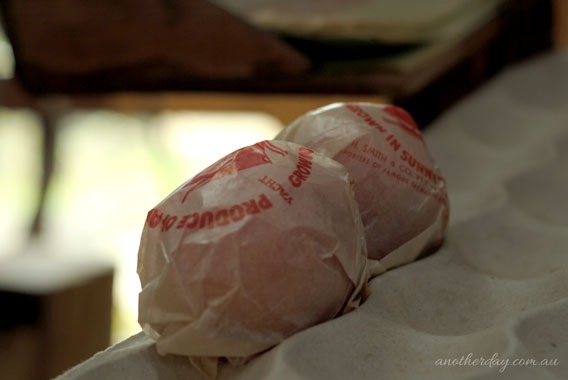

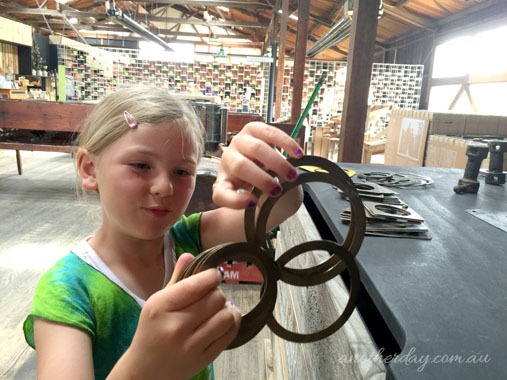
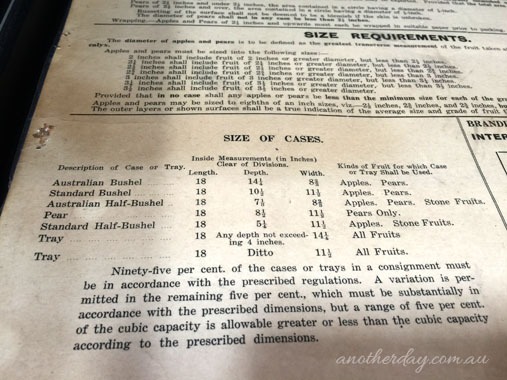
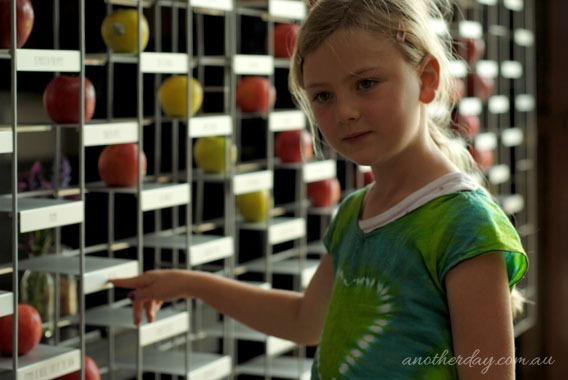
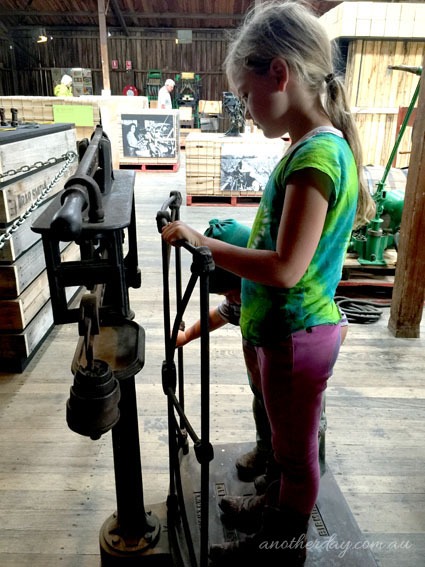
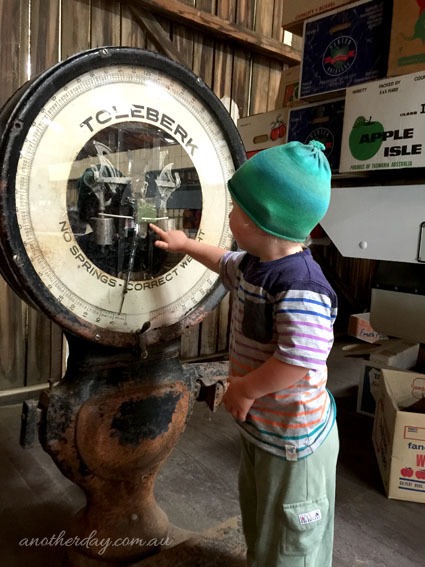

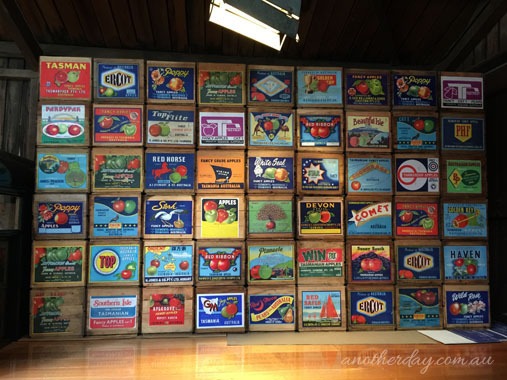
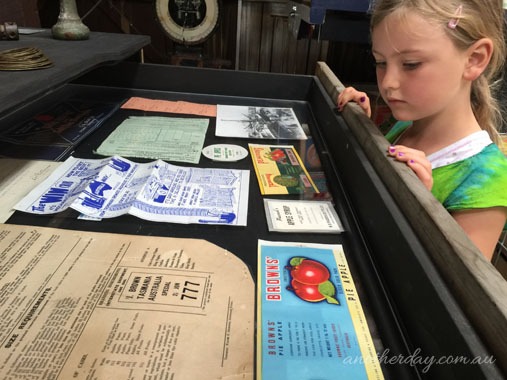
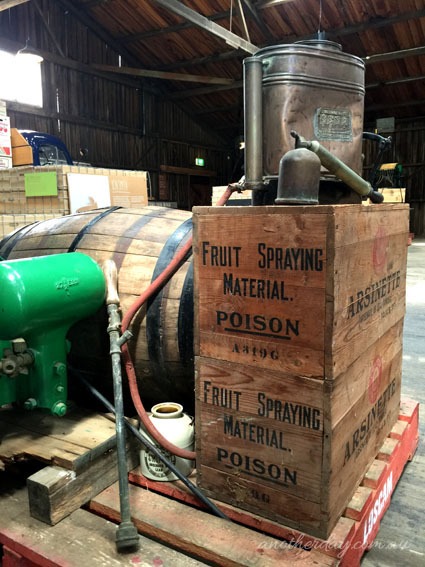
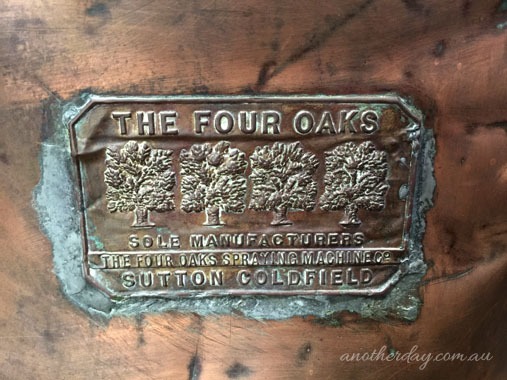
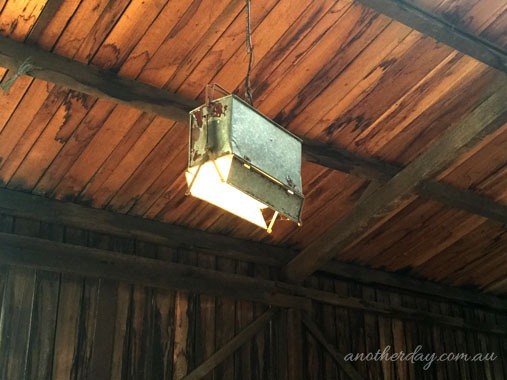
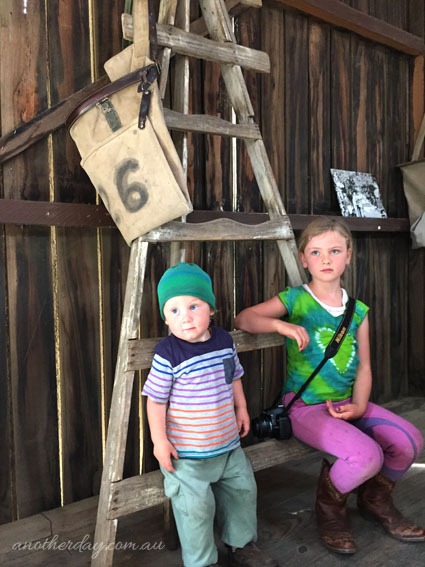


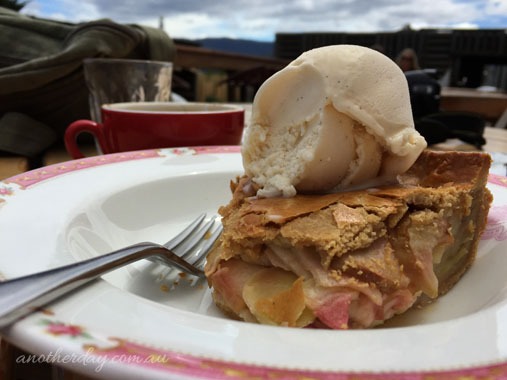


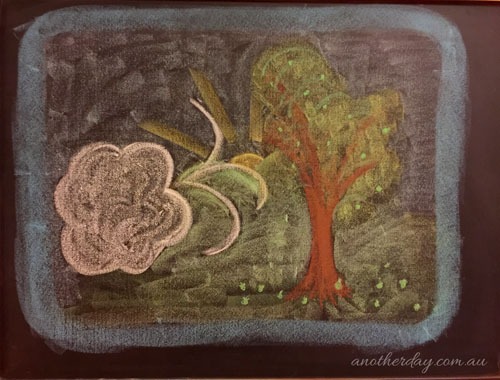
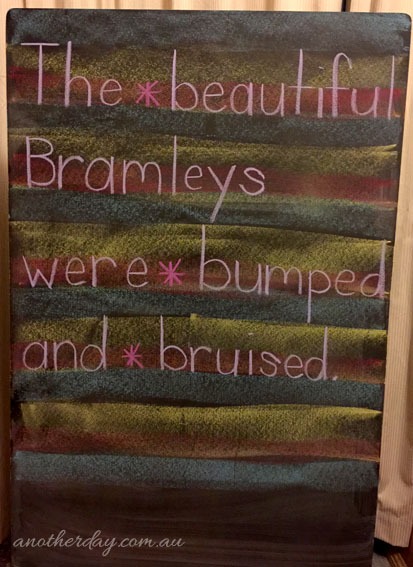

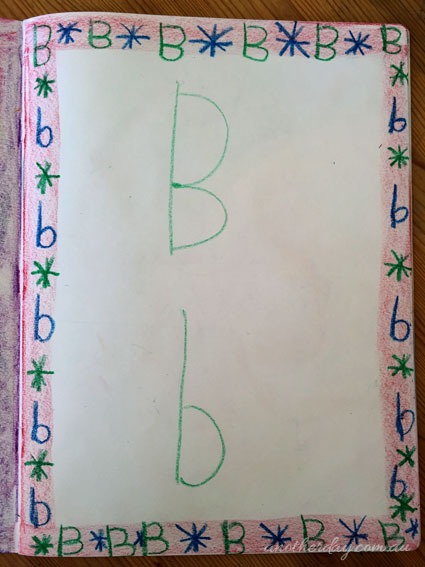
Leave a Reply